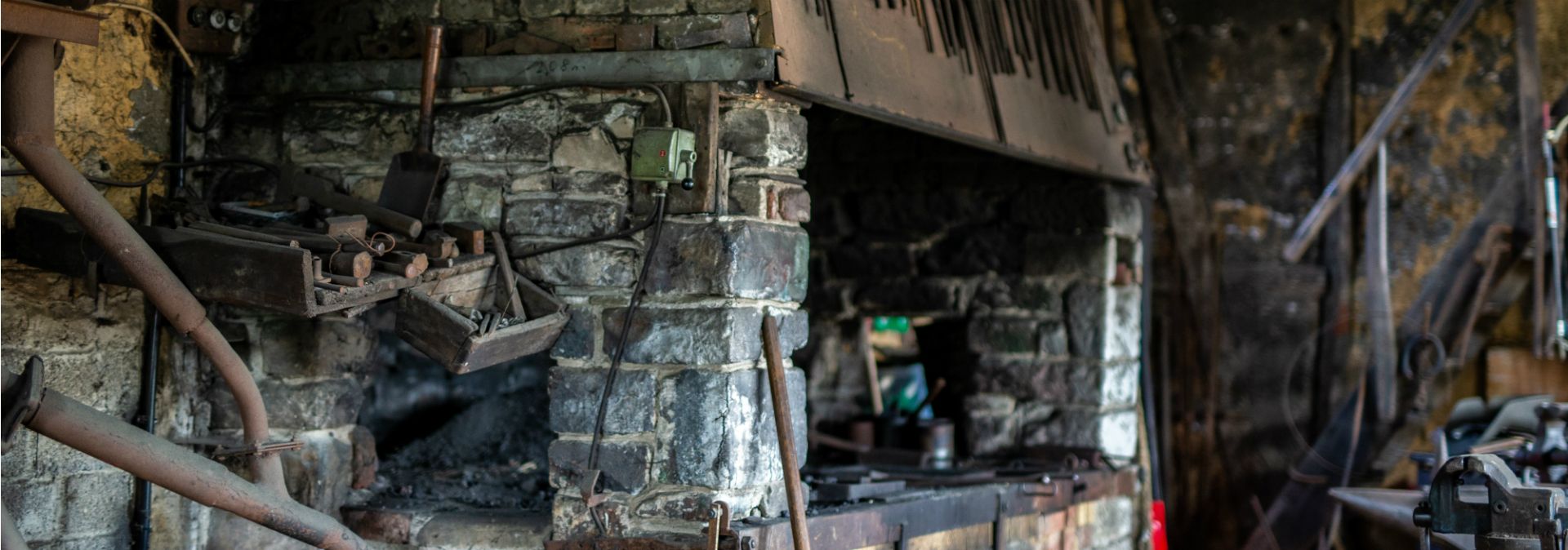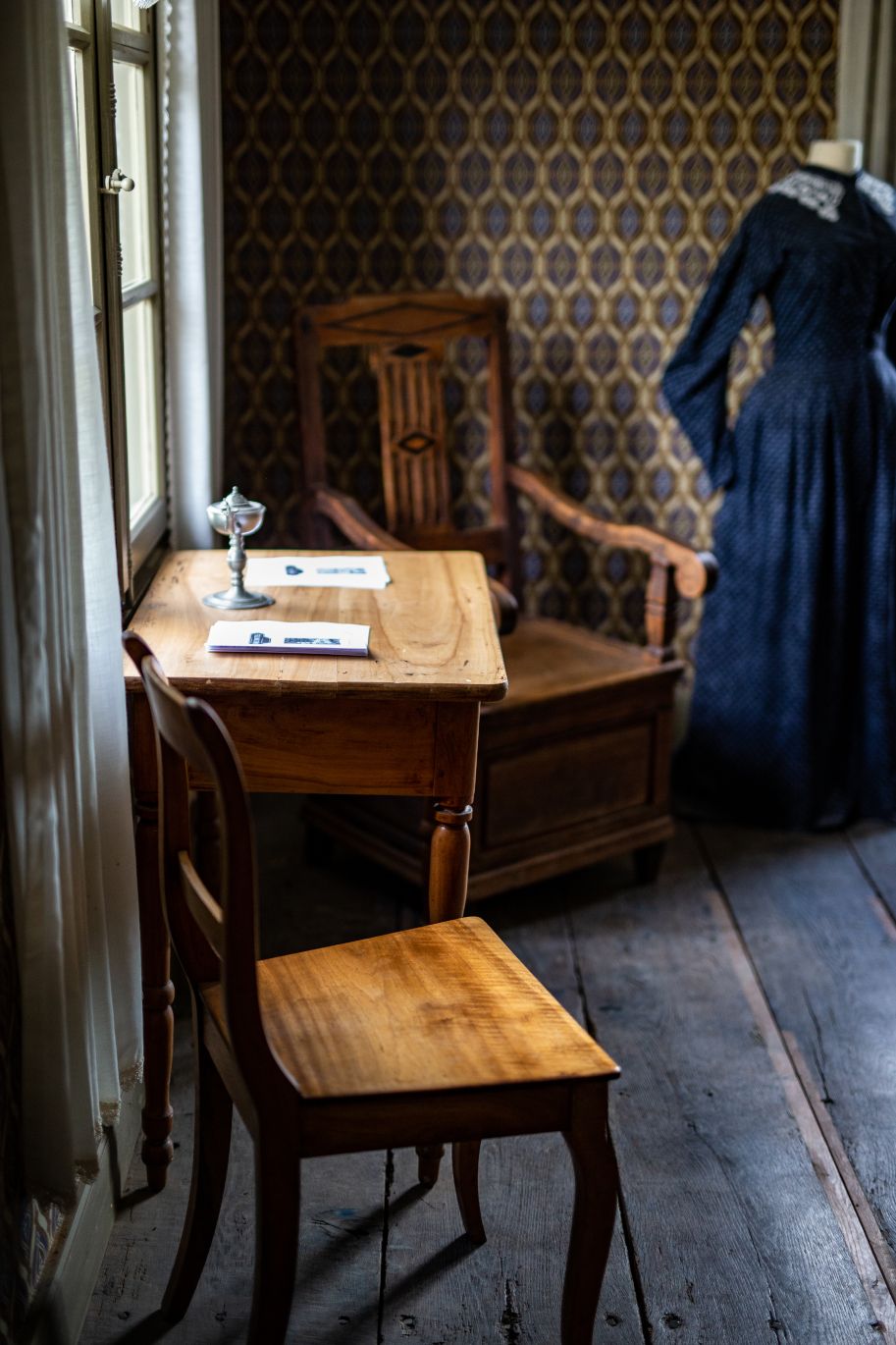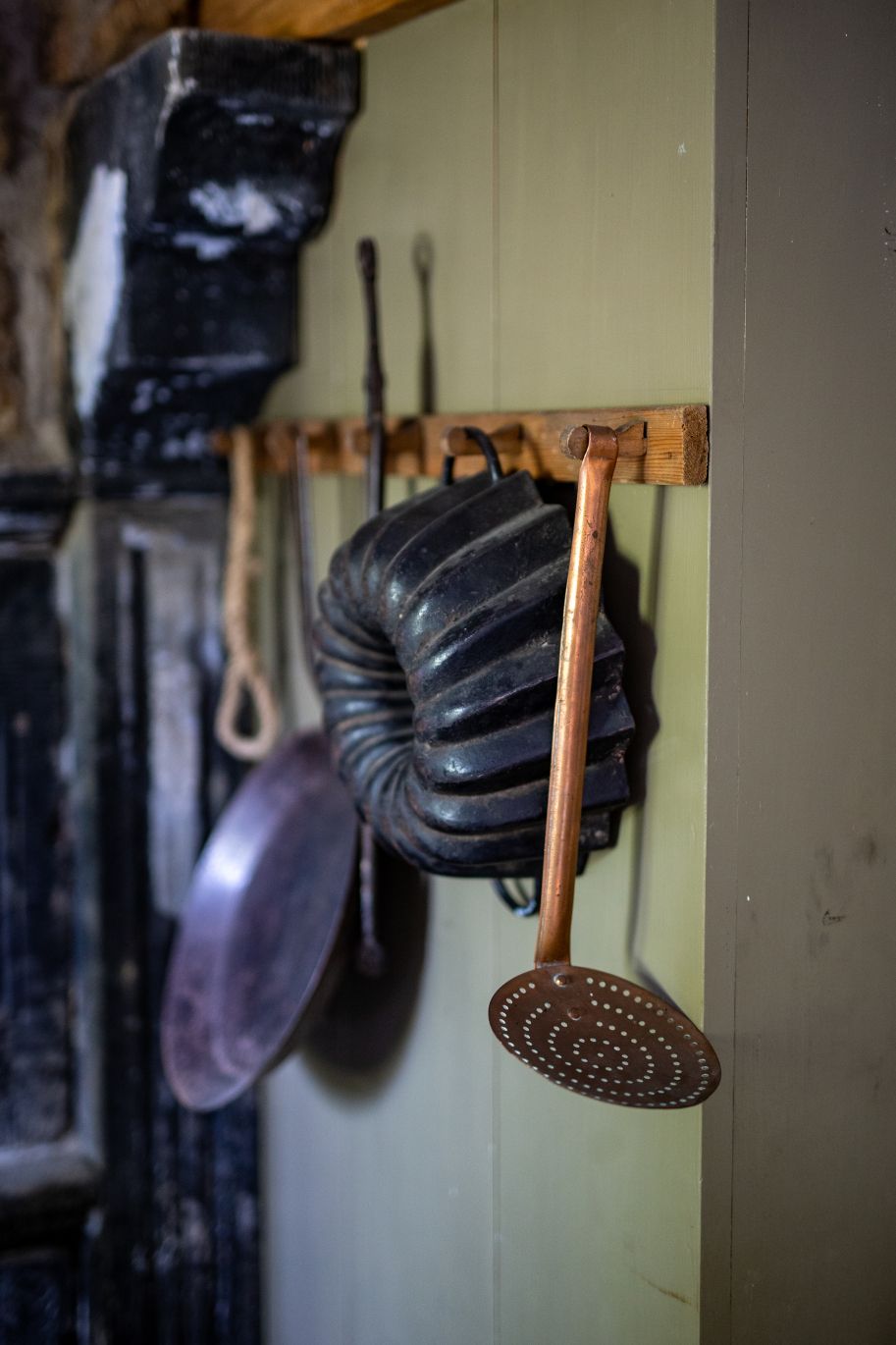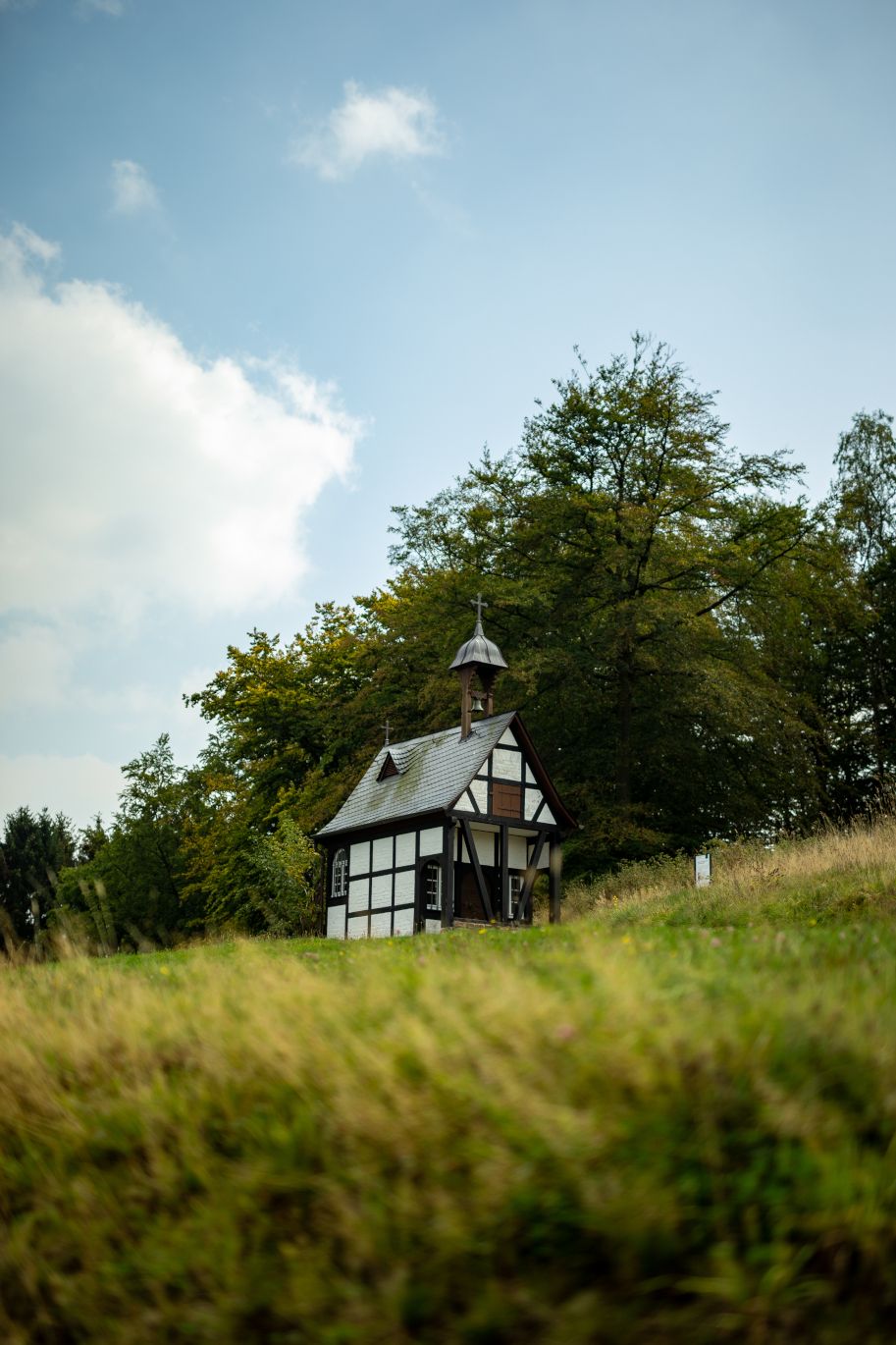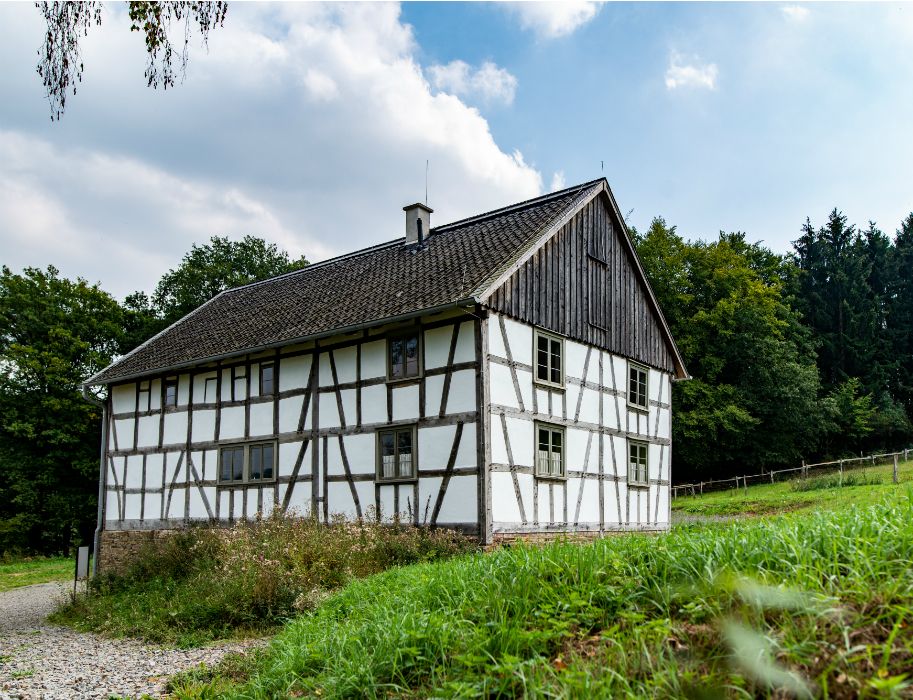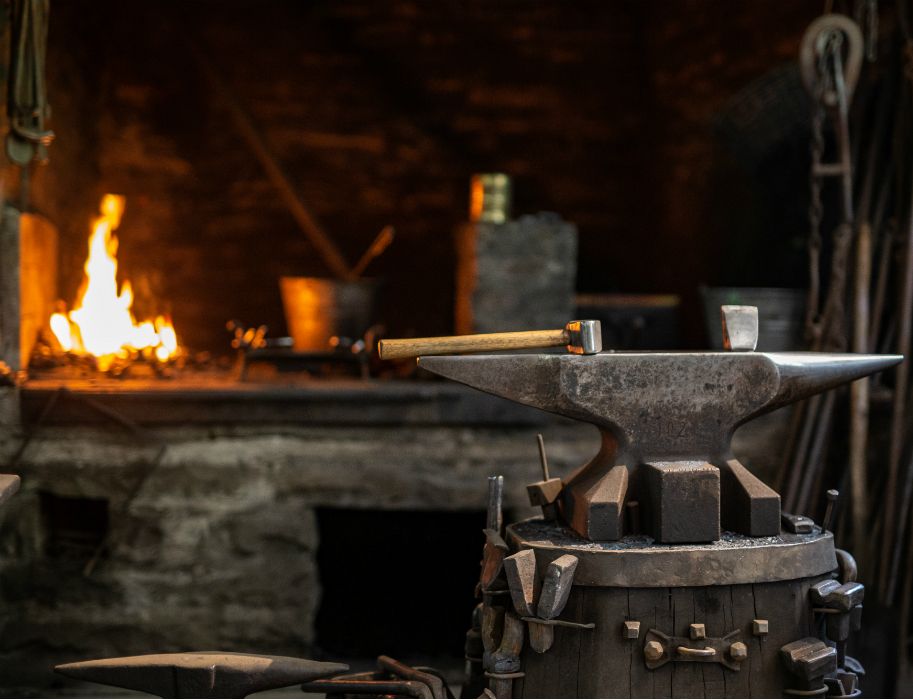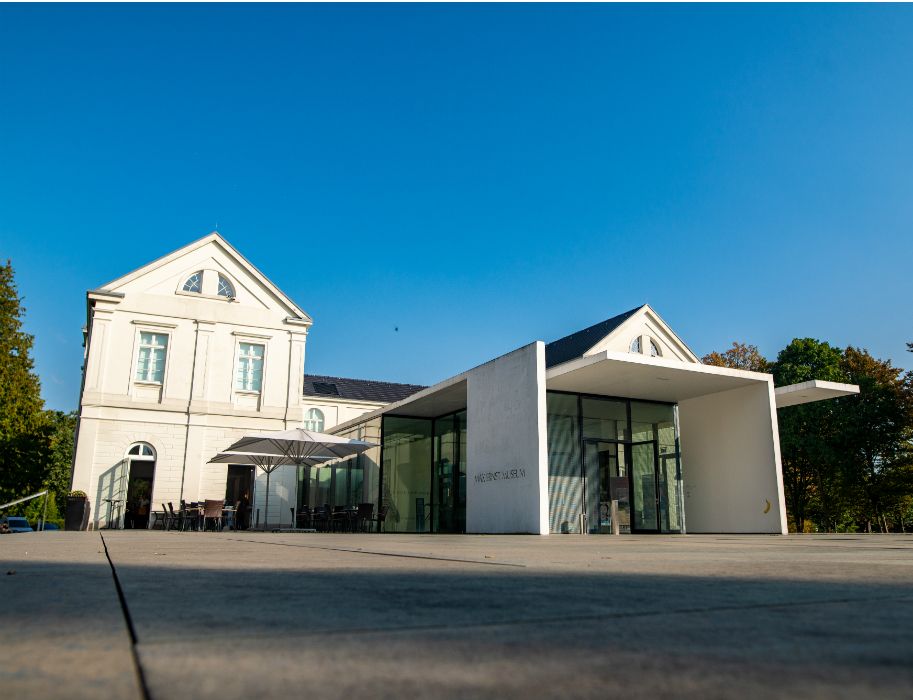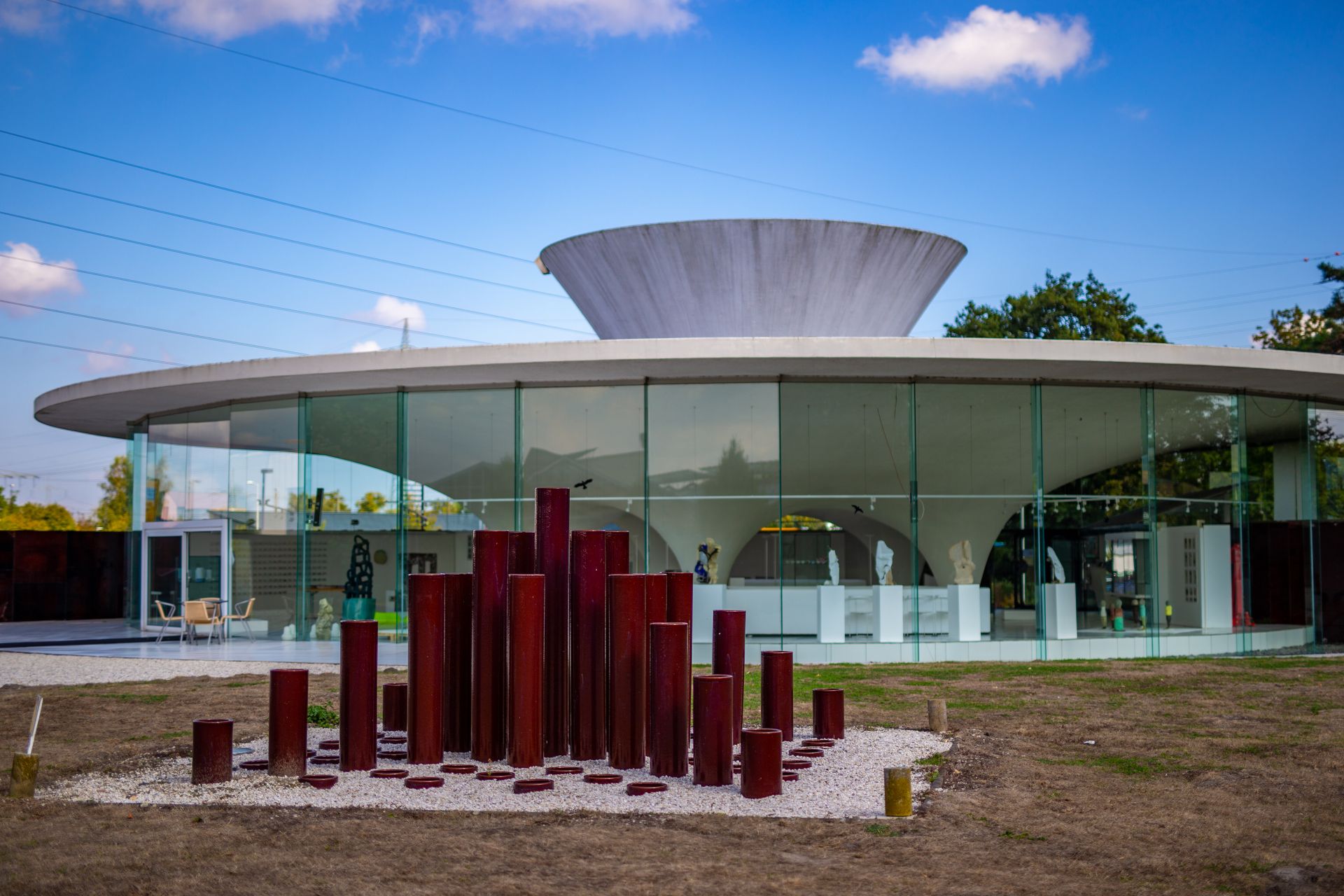In the 19th century, life in the Bergisches Land was still characterized by unproductive agriculture and strenuous industrial work in the numerous hammers and cottages. Visitors to the LVR open-air museum in Lindlar can find out what this meant for people back then.
Washing without running water. Buckets made of straw. Recycling rags. How is that supposed to work? Visitors to the Lindlar Open-Air Museum will be surprised at what was available and what determined people's everyday lives in the Bergisches Land region in 1900. With numerous exhibitions in historical buildings, the museum brings the past 200 years back to life on an area of around 25 hectares.
Surrounded by small-scale fields, as were typical in the Bergisches Land around 1900 and which are still farmed today using traditional methods, groups of houses from different periods are gathered around the center in the Lingenbachtal valley. The oldest group of buildings, Hof zum Eigen with its stable house, bakehouse and barn, dates back to around 1800, while the hamlet of Steinscheid is home to a smithy and wheelwright's workshop from the 1940s. Here, not only the blacksmith but also his audience will certainly work up a sweat when he shapes the red-hot iron with the heavy hammer.
Exhibitions and demonstrations
Because there is also work going on in the museum. It gets loud in the ribbon weaving workshop, for example, when the 150-year-old wooden loom starts to move. The smell of fresh bread fills the air when the historic wood-fired oven in the bakery is finally preheated. And in the ropemaker's workshop, the ropemaker is happy to let his guests help him with the "beating". As long as they don't have to put their own strength to the test on the water path or are surprised to discover that the saddler doesn't make saddles.
Speaking of which, the numerous permanent exhibitions in the historic buildings are full of surprising facts. For example, visitors learn that it was even possible to make waterproof buckets from straw, how rags were used to make artificial wool and why we celebrate Corpus Christi at all.
If that's too much for one day, you can simply stay in the "museum hostel". The reconstructed barn and coach house of the Dahl farmstead offers accommodation of a special kind. After all, guests are in the 19th century.
